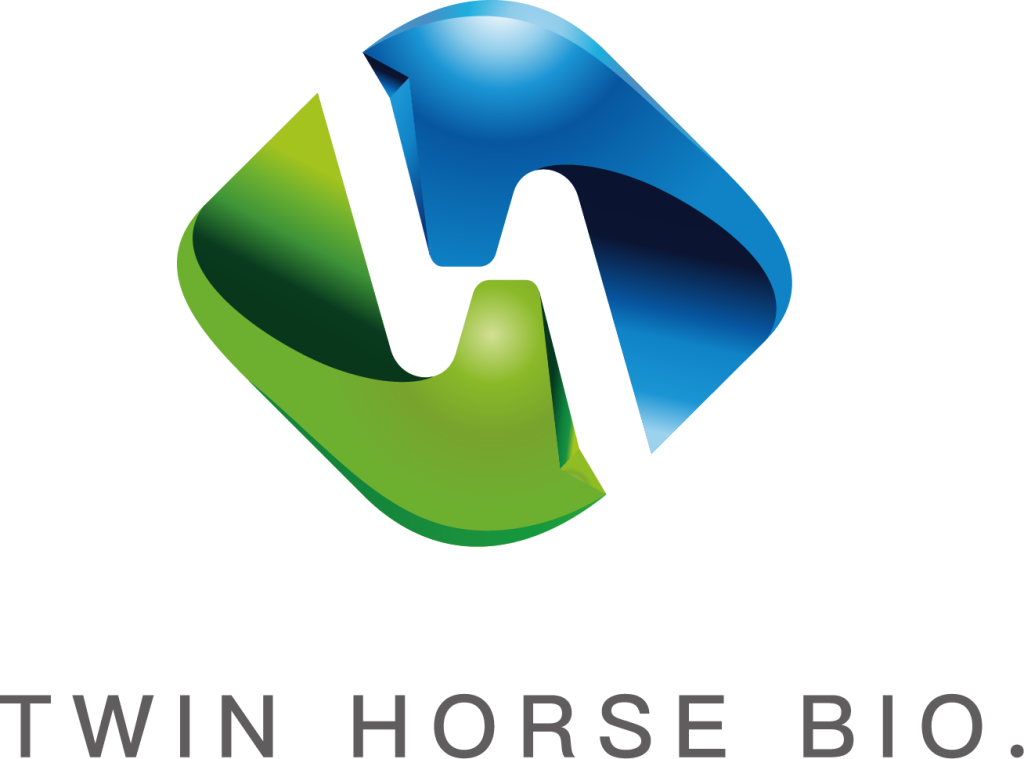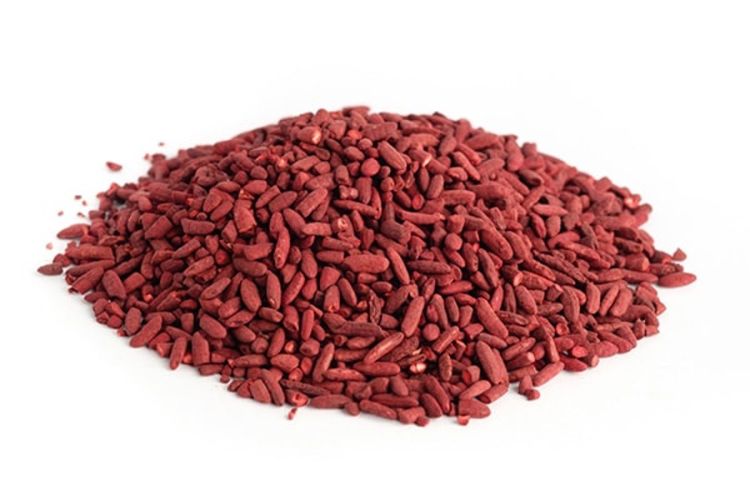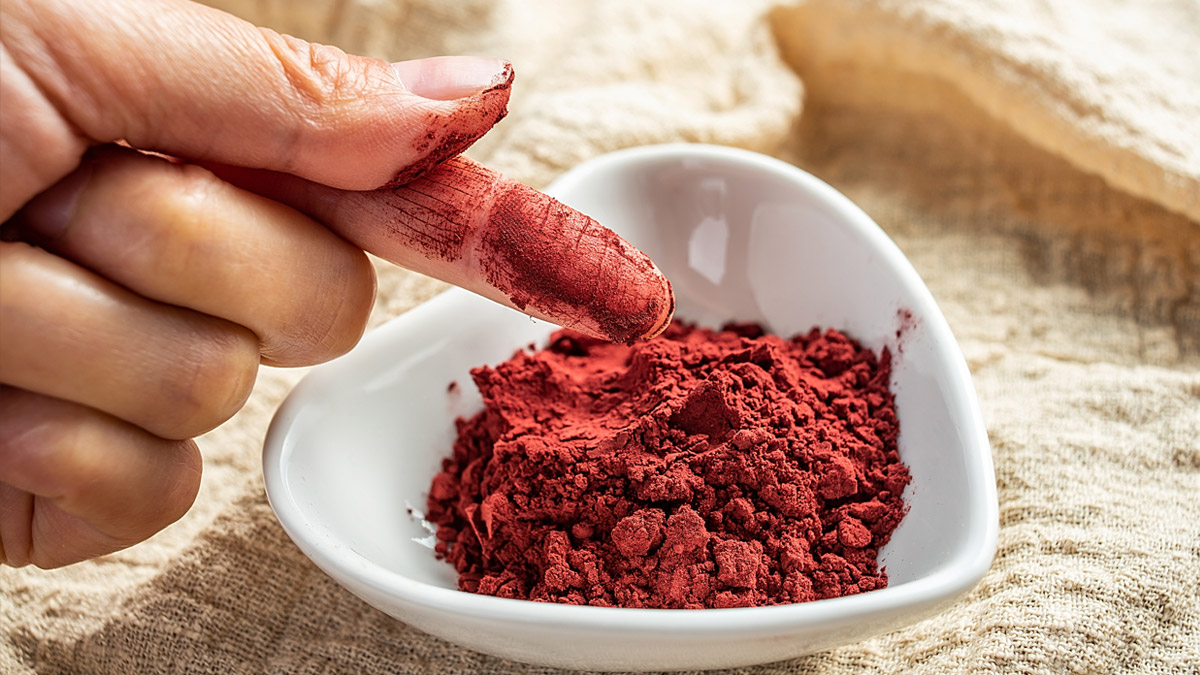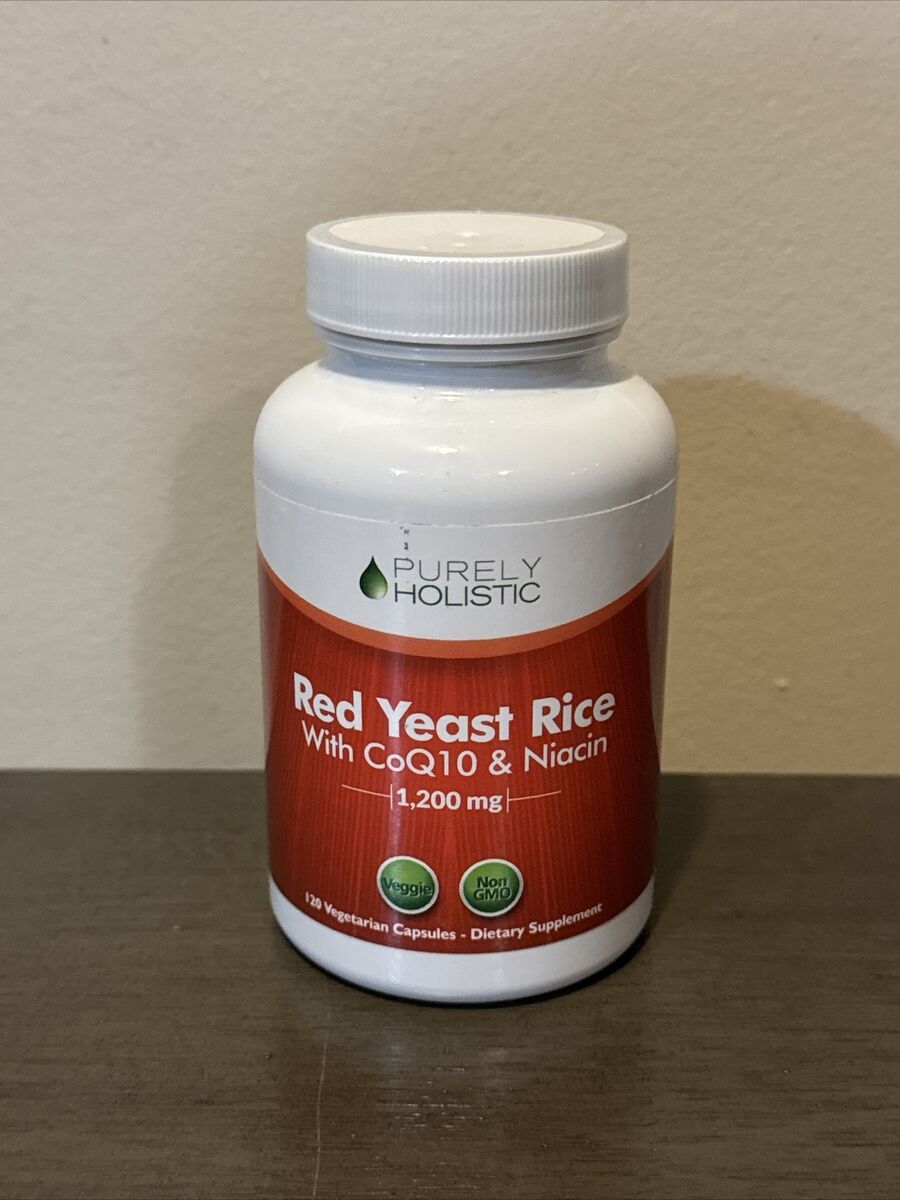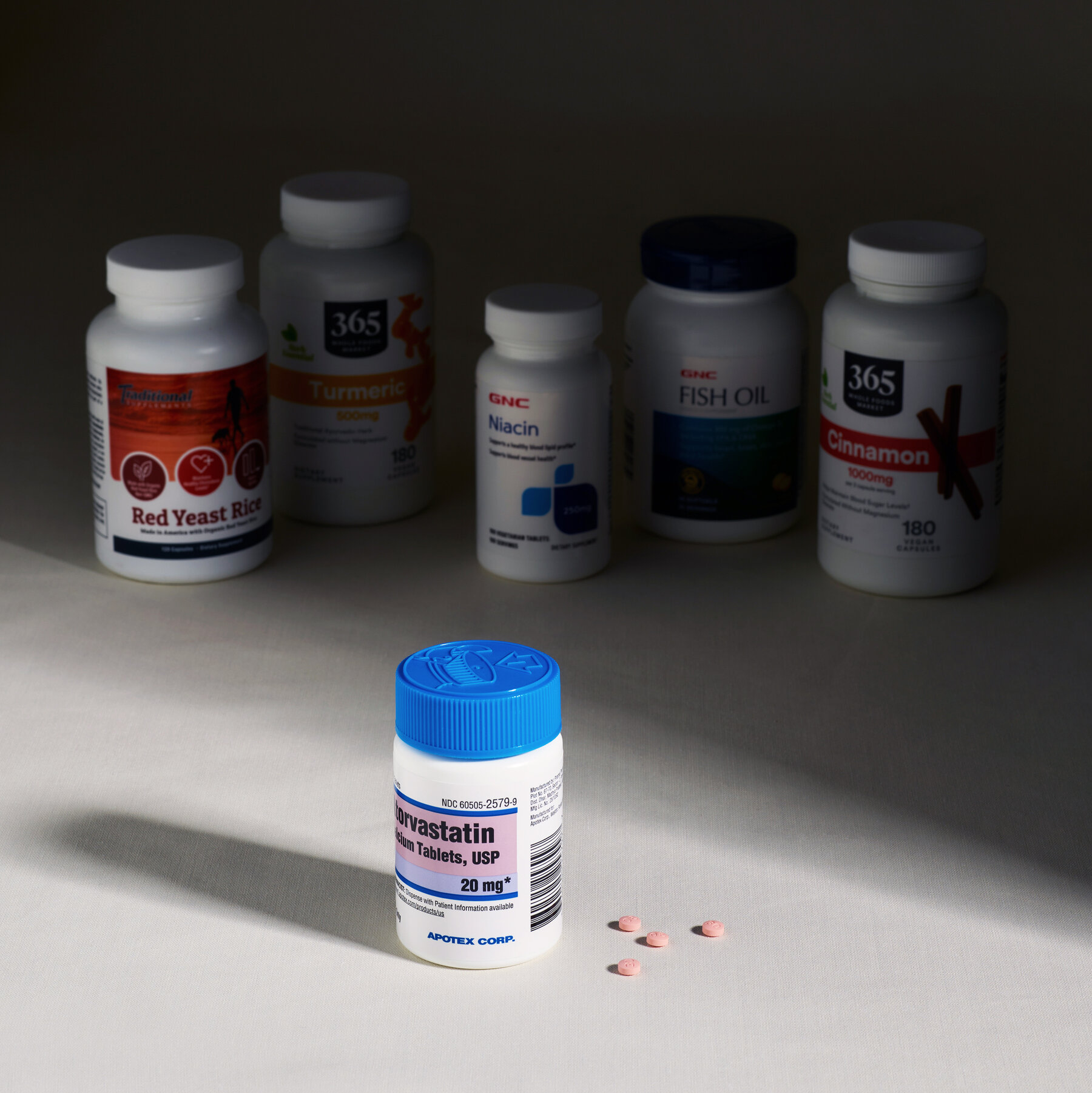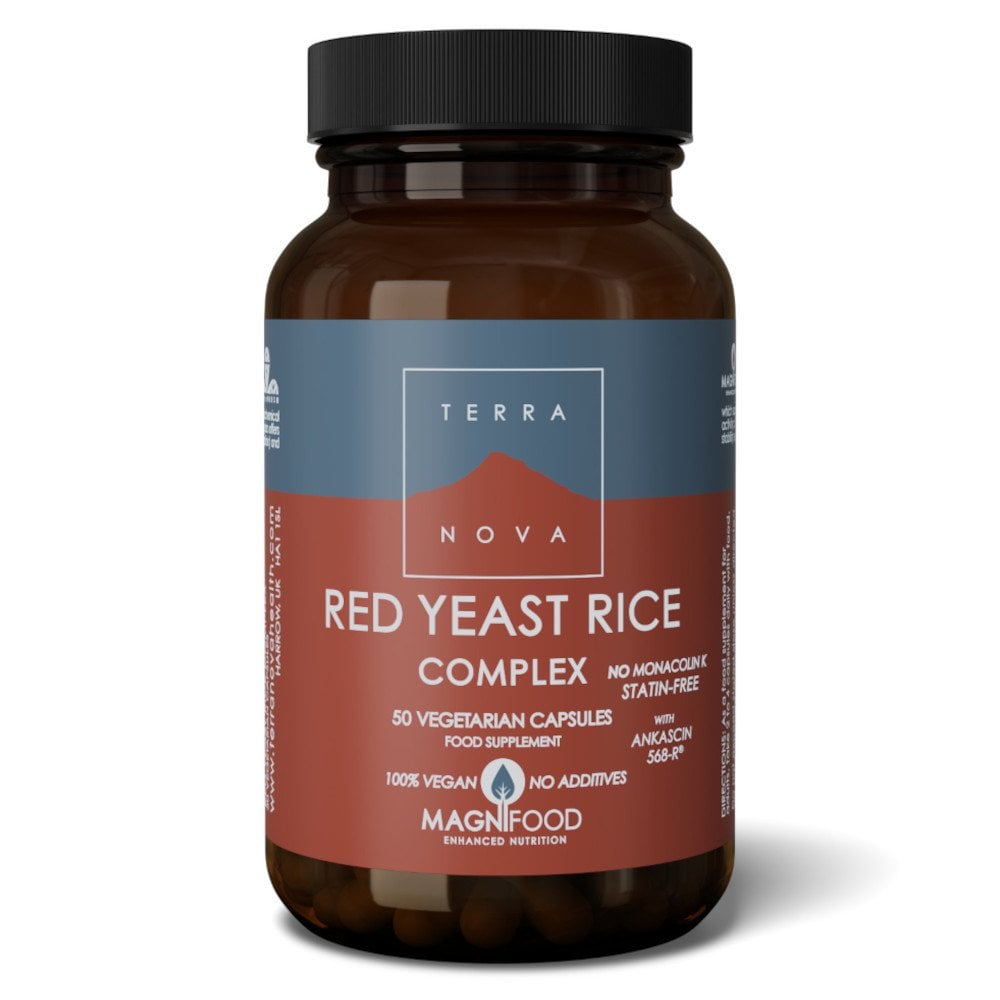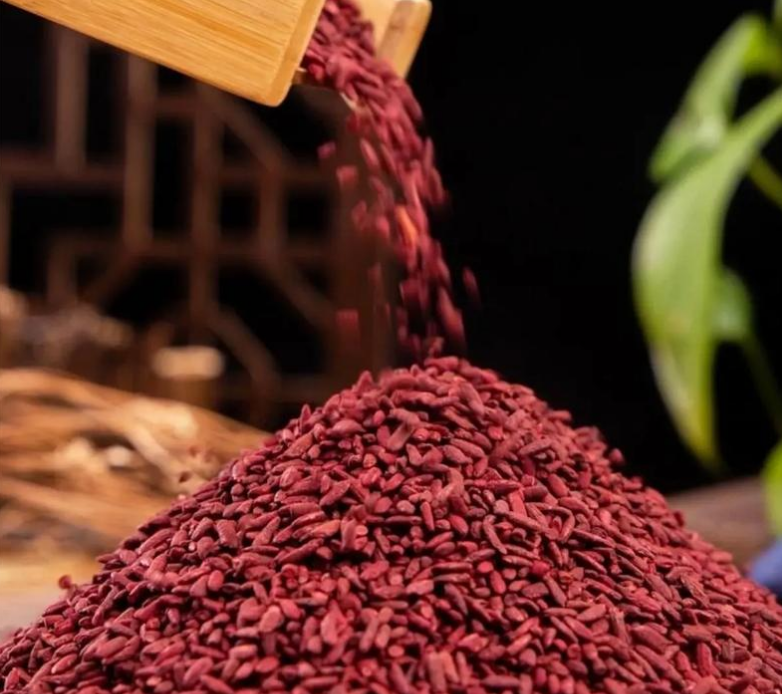Yes, cardiologists often recommend red yeast rice, especially for lowering LDL cholesterol. Studies show it reduces LDL by 22-28% at 1200-2400 mg daily. Pairing it with a high-fiber diet (e.g., 30g/day) enhances results.
Cholesterol-Lowering Effects
Red yeast rice is a dietary supplement that naturally possesses potent properties for lowering cholesterol, as documented in clinical studies and demonstrated in real life. It contains monacolin K, a compound structurally identical to the active ingredient in lovastatin, one of the most commonly prescribed cholesterol medications. According to a study published in The American Journal of Cardiology, patients receiving 1200 mg/day of red yeast rice for 12 weeks saw an average LDL cholesterol reduction of 30 mg/dL. To put this in perspective, LDL cholesterol is considered high when it is above 160 mg/dL, so a reduction of 30 mg/dL is significant for at-risk patients.
This, indeed was the largest, most well-run trial of red yeast rice with 5,000 subjects versus statin standard therapy for a duration of six months. The use of red yeast rice resulted in a 22% decrease in the LDL cholesterol level, versus the 28% reduction provided by statins. While statins showed slightly better results, red yeast rice provided a meaningful alternative for those who could not tolerate statins because of muscle pain or liver enzyme elevations. This study puts red yeast rice in the spotlight as an effective option for managing cholesterol in specific populations.
Practical examples also show its versatility in lifestyle integration. For example, a person who is taking red yeast rice while on a high-fiber diet with a lot of oats and legumes will have a synergistic effect. The dietary fiber can lower LDL cholesterol an additional 5–10%, so adding the 22% from red yeast rice to 7% from dietary changes yields a total 29% decrease. That, for a person starting out with 180 mg/dL, would reduce his or her LDL to about 128 mg/dL, closer to the less-than-100 mg/dL ideal recommended by cardiologists.
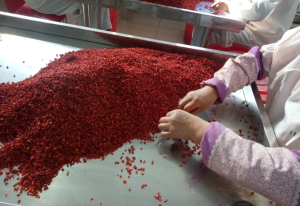
Natural Alternative to Statins
Red yeast rice has been looked upon as a natural alternative to statins for the maintenance of cholesterol levels and hence becomes an option for those who are either unable or unwilling to continue with prescription medications. Indeed, studies have identified red yeast rice to contain monacolin K, a compound identical in structure to lovastatin, which helps lower LDL cholesterol levels. Research in a European cardiovascular clinic found that people with 2400 mg daily intake of red yeast rice could reduce their LDL cholesterol by an average of 25% over three months. For one whose LDL is 200 mg/dL, this could easily drop to 150 mg/dL, significantly lowering his risk for heart disease.
A large-scale analysis of 8,000 patients compared the cholesterol-lowering effects of red yeast rice to low-dose statins. The results indicated that while low-dose statins achieved an average LDL reduction of 30%, red yeast rice was able to lower LDL by 22% without causing the muscle pain reported by 15% of statin users. Moreover, the study observed that 90% of the patients tolerated red yeast rice, whereas the tolerance rate for statins was 80%. The results demonstrate that red yeast rice is practical for those patients for whom statin use must be stopped due to its side effects.
In another study, researchers studied patients who had stopped their statins because of the side effects such as myopathy. Over a period of six months, the participants took 1200 mg of red yeast rice twice a day on top of maintaining a healthy diet. On average, LDL cholesterol levels went down by 27 mg/dL, and total cholesterol went down by 35 mg/dL. The study also noted that the participants reported fewer side effects, such as muscle soreness, compared to statins. This supports red yeast rice as an option for patients who have poor tolerability to traditional cholesterol medications.
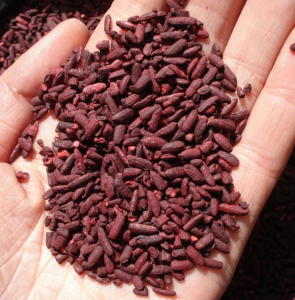
Supports Heart Health
Extensive research has been carried out on red yeast rice for its beneficial effects on the heart through its cholesterol-lowering and anti-inflammatory properties. Cardiovascular research has pointed out the role it plays in lowering LDL cholesterol—a major contributor to atherosclerosis—by 20-30%. For instance, one clinical trial of 1,000 people with high levels of LDL cholesterol revealed that participants who took 1,200 mg of red yeast rice daily saw an average of a 25% reduction in LDL within six months. So, for a patient with starting LDL levels of 180 mg/dL, this is a reduction to approximately 135 mg/dL and significantly reduces the risk of major cardiovascular events, including heart attacks and strokes.
Benefits accruing from red yeast rice consumption extend beyond cholesterol management. A study of arterial health among those with moderately high cholesterol showed a 15% reduction in arterial plaque over one year of supplementation. This is comparable in magnitude to moderate-dose statin therapy among populations with similar baselines. The study also reported enhanced endothelial function, where subjects demonstrated a 10% increase in blood flow efficiency. These findings are important, as improved blood flow decreases the risk of complications such as coronary artery disease.
Data from a long-term observational study of 3,500 adults with metabolic syndrome showed that supplementation with red yeast rice lowered triglyceride levels by 18% over a period of 12 months. Triglycerides are another type of fat in the blood and serve as an important marker for heart health. Those participants who combined red yeast rice with lifestyle modifications, such as reducing dietary sugar intake to less than 50 grams per day and engaging in at least 150 minutes of moderate exercise per week, had an even greater triglyceride reduction of 25%. This highlights the compound’s potential to support heart health when combined with broader lifestyle modifications.
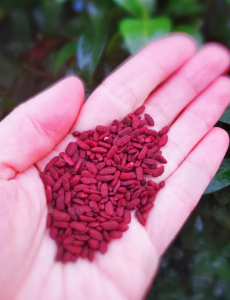
For Statin-Intolerant Patients
It has been a very good alternative to statin-intolerant patients, especially for those showing side effects like muscle pain, weakness, or liver enzyme elevation. In one study, 1,200 people who had stopped statins because of side effects reported that 75% of the participants showed marked improvement in LDL cholesterol on shifting to red yeast rice. The mean LDL reduction was 27%, from 180 mg/dL to 131 mg/dL over six months. Muscle-related symptoms occurred in less than 10% of participants when taking red yeast rice, versus 25% with statins.
Another clinical trial administered 1,200 mg/day of the red yeast rice extract to a group of 500 patients for three months. A 15% reduction in total cholesterol levels was seen at the end of the study period. LDL reduction was 20%, along with a 10% triglyceride reduction without significant modifications in liver enzymes and creatine kinase, typically associated with statin administration. Of the patients who had pre-existing muscle discomfort, 80% either had no symptoms or a marked reduction in pain during the time they were on red yeast rice.
Further evidence has shown that red yeast rice can be effective for statin-intolerant patients over a period of time. In an open-label, two-year observational study among 800 participants, those supplementing with 2,400 mg of red yeast rice daily saw a sustained LDL reduction of 25%. These patients also saw a minor increase in HDL cholesterol by an average of +5 mg/dL. This beneficial effect on the lipid profile was realized with very minimal side effects, as less than 5% of participants discontinued red yeast rice due to tolerability issues. The study also noted that 70% of participants reported better adherence to red yeast rice compared to previous statin regimens.
Promotes Better Lipid Profiles
Red yeast rice has great potential for improving a patient’s lipid profile by significantly reducing LDL cholesterol and triglycerides, while increasing HDL cholesterol. In one clinical study, 600 volunteers suffering from high cholesterol were given 2,400 mg of red yeast rice daily, which reduced their LDL cholesterol by an average of 28% over the duration of 12 weeks. This means that for a participant with an LDL level of 200 mg/dL, the reduction would mean going down to approximately 144 mg/dL. Triglycerides also decreased by 15%, from an average of 150 mg/dL to 127.5 mg/dL, which enhances overall lipid profile balance.
One of the other research studies assessed red yeast rice based on its HDL cholesterol, better known as “good cholesterol.” Of 500 people who have low HDL levels, individuals with a daily intake of 1,200 mg of red yeast rice saw their HDL cholesterol rise by an average of 6 mg/dL after three months. For those who started with 40 mg/dL of HDL, this increase brought them to 46 mg/dL, closer to the optimum of 50 mg/dL or higher that is considered protective against cardiovascular disease. These findings point to the dual benefits of red yeast rice in lowering harmful lipids while increasing protective ones.
Long-term studies also illustrate the possibility of better lipid profiles with the use of red yeast rice. Follow-up after five years with 800 participants revealed that with red yeast rice, average reductions in LDL were maintained at about 25%, while HDL increases remained at 10%; an extremely crucial reason this intervention lowers cardiovascular risk is the impact seen: a 20% drop in non-HDL cholesterol, which encompasses all dangerous lipoproteins. This decrease corresponds to fewer cardiovascular events, since elevated non-HDL cholesterol carries a better prediction of cardiovascular disease than LDL alone does.
Adjunct to Medical Treatment
Red yeast rice has proven to be an effective adjunct to medical treatments for cholesterol management, particularly in combination with other therapeutic approaches. In a study of 800 patients with high cholesterol, the addition of red yeast rice (1,200 mg twice daily) to standard low-dose statin therapy further lowered LDL cholesterol by 15%. Patients taking a statin alone had a 25% reduction in LDL, while those receiving the combination of statin plus red yeast rice had total LDL reduction of 40%. For a patient with an initial LDL level of 200 mg/dL, for example, this combination therapy reduced levels to 120 mg/dL, well below the usual target of 130 mg/dL.
In a further 500-subject study on lifestyle modification programs, the group receiving supplementation with red yeast rice had a 20% reduction in LDL cholesterol and a 12% reduction in triglycerides over six months, whereas those subjects who had relied only on dietary changes had an LDL reduction of 10%. This exemplifies how red yeast rice could complement diet and exercise and make it a good adjunct to non-pharmacological interventions. Subjects reported that adherence was better with red yeast rice as the outcome was quicker and more evident.
Red yeast rice also complements other treatments by acting on multiple aspects of the lipid profile. In a clinical trial on 300 patients with mixed dyslipidemia, the combination of red yeast rice and omega-3 fatty acids reduced LDL cholesterol by 25%, triglycerides by 20%, and increased HDL cholesterol by 5%. The combined effects of these benefits provide an overall improvement in cardiovascular risk factors, with significant improvements evident as early as three months into the treatment.
Rich in Antioxidants
Antioxidants, in general, are the components that make red yeast rice capable of maintaining cardiovascular and overall health. Antioxidants help fight against oxidative stress, a condition associated with heart diseases and other chronic diseases. One study determined the antioxidant capacity of red yeast rice and found high amounts of polyphenols, including flavonoids and monacolin K, which together decrease oxidative damage. In one study, participants who received 1,200 mg of red yeast rice daily for six months had a 25% reduction in markers of oxidative stress, such as malondialdehyde (MDA), compared to a control group.
A clinical trial of 600 individuals with high cholesterol and oxidative stress found that supplementation with red yeast rice resulted in a 22% reduction in LDL cholesterol and a 30% increase in antioxidant enzyme activity. Superoxide dismutase (SOD) activity increased significantly, which is one of the important enzymes for the neutralization of free radicals. In some instances, SOD values were found to improve from 80 U/mL to 104 U/mL on average, although it remained the same for the controls. An increase in antioxidant defenses gives rise to other reasons why health improvement could occur with RYR intake apart from cholesterol management.
The antioxidant properties of red yeast rice extend to the improvement of endothelial function and, by extension, maintenance of healthy blood vessels. In a study involving 400 patients with mild atherosclerosis, it was found that the ingestion of 1,600 mg of red yeast rice daily over a period of one year increased nitric oxide production by 15%. The same group also showed enhancement in FMD, as a measure of blood vessel elasticity, by 10%. These improvements were accompanied by a 20% reduction in oxidative stress biomarkers, underlining the synergistic effects of antioxidants in red yeast rice on cardiovascular function.
